
Lecture by Juliette Bekkering and Michiel Riedijk in Prague
How many iconic buildings can one city withstand? The grid of Manhattan allows everything that satisfies the unending life there to unfold in each of New York's blocks. However, how do European cities fare, where shared responsibility for history is much more pronounced? Cities on the old continent primarily form a backdrop for pleasant living.
The Netherlands, a country at the highest level of urbanization in Europe, occupies a somewhat specific position. A number of new cities on artificially created islands are yearning for their identity, which Dutch architects are trying to abundantly offer them, as we witnessed on Thursday, January 12, 2012, in the Bethlehem Chapel in the Old Town. The long-standing involvement of the current dean of the FA CTU Zdeněk Zavřel in the Rotterdam office of Prof. Bakema and within the academic environment of TU Delft helped attract the duo of architects Juliette Bekkering and Michiel Riedijk to Prague, whose work significantly transcends the borders of the Netherlands. Additionally, Juliette Bekkering led a studio at CTU this winter semester as a visiting professor.
Juliette Bekkering, in her lecture “Searching for Identity”, focused on three main aspects that most assist her in creation: Sculpture, Scenography, Skin. The presentation of her own designs was preceded by a screening of inspirational sources, among which the example of the transmitter on Ještěd by Karel Hubáček and Cloud Gate in Chicago by Anish Kapoor clearly demonstrated the parallel of how a building can easily become a sculpture and a sculpture can transform into a building. Further attention was devoted to how the surrounding environment influences the building, and finally a historical analysis of the means of shaping the facade. The five projects thoroughly presented by Juliette Bekkering could not overshadow her involvement in the Neutelings Riedijk office in the mid-90s. All buildings shared an expressive representation of form wrapped in texture.
In the second part of the lecture evening, Michiel Riedijk chose to compare two iconic projects from his office over recent years with the story of two buildings “The Tale of Two Buildings”. Riedijk’s inaugural lecture at TU Delft in 2009 focused on architectural drawing, and his Rotterdam studio creates unmistakable comic sketches, with the executed buildings also boasting artistic qualities. However, he decided to dedicate the Prague lecture to immaterial values: rhetoric, intellectual processes, and experiences. The title of Riedijk's lecture was a response to Dickens's famous novel A Tale of Two Cities, followed by an excursion into history and a variety of different artistic fields. The pair of compared buildings were the Netherlands Institute for Sound and Vision in Hilversum and the Municipal Museum in Antwerp, both of which came to life at the turn of the millennium thanks to international architectural competitions. Just as the inhabitants of Paris and London differ, so do the two museums (closed x open, dematerialization x weight, liberation of the interior x façade).
During my studies in architecture (1996-2005), the work of the Neutelings Riedijk office was daily bread for many of us. We strived ardently to define and differentiate ourselves. The idea that our studio project could blend in with others was a nightmare, which is why we created sculptures rather than houses at school, following the Dutch model. Today, similar admiration is directed at the realizations of Bjarke Ingels, whose Copenhagen studio has succeeded in moving from dreaming to building. As an architect ages and gains experience, his realizations should also mature and reveal the true essence of the matter.
The double lecture by Juliette Bekkering and Michiel Riedijk was a great start to the new year with the promise that we can look forward to a number of other architectural events presented by the FA CTU.
The Netherlands, a country at the highest level of urbanization in Europe, occupies a somewhat specific position. A number of new cities on artificially created islands are yearning for their identity, which Dutch architects are trying to abundantly offer them, as we witnessed on Thursday, January 12, 2012, in the Bethlehem Chapel in the Old Town. The long-standing involvement of the current dean of the FA CTU Zdeněk Zavřel in the Rotterdam office of Prof. Bakema and within the academic environment of TU Delft helped attract the duo of architects Juliette Bekkering and Michiel Riedijk to Prague, whose work significantly transcends the borders of the Netherlands. Additionally, Juliette Bekkering led a studio at CTU this winter semester as a visiting professor.
Juliette Bekkering, in her lecture “Searching for Identity”, focused on three main aspects that most assist her in creation: Sculpture, Scenography, Skin. The presentation of her own designs was preceded by a screening of inspirational sources, among which the example of the transmitter on Ještěd by Karel Hubáček and Cloud Gate in Chicago by Anish Kapoor clearly demonstrated the parallel of how a building can easily become a sculpture and a sculpture can transform into a building. Further attention was devoted to how the surrounding environment influences the building, and finally a historical analysis of the means of shaping the facade. The five projects thoroughly presented by Juliette Bekkering could not overshadow her involvement in the Neutelings Riedijk office in the mid-90s. All buildings shared an expressive representation of form wrapped in texture.
In the second part of the lecture evening, Michiel Riedijk chose to compare two iconic projects from his office over recent years with the story of two buildings “The Tale of Two Buildings”. Riedijk’s inaugural lecture at TU Delft in 2009 focused on architectural drawing, and his Rotterdam studio creates unmistakable comic sketches, with the executed buildings also boasting artistic qualities. However, he decided to dedicate the Prague lecture to immaterial values: rhetoric, intellectual processes, and experiences. The title of Riedijk's lecture was a response to Dickens's famous novel A Tale of Two Cities, followed by an excursion into history and a variety of different artistic fields. The pair of compared buildings were the Netherlands Institute for Sound and Vision in Hilversum and the Municipal Museum in Antwerp, both of which came to life at the turn of the millennium thanks to international architectural competitions. Just as the inhabitants of Paris and London differ, so do the two museums (closed x open, dematerialization x weight, liberation of the interior x façade).
During my studies in architecture (1996-2005), the work of the Neutelings Riedijk office was daily bread for many of us. We strived ardently to define and differentiate ourselves. The idea that our studio project could blend in with others was a nightmare, which is why we created sculptures rather than houses at school, following the Dutch model. Today, similar admiration is directed at the realizations of Bjarke Ingels, whose Copenhagen studio has succeeded in moving from dreaming to building. As an architect ages and gains experience, his realizations should also mature and reveal the true essence of the matter.
The double lecture by Juliette Bekkering and Michiel Riedijk was a great start to the new year with the promise that we can look forward to a number of other architectural events presented by the FA CTU.
The English translation is powered by AI tool. Switch to Czech to view the original text source.

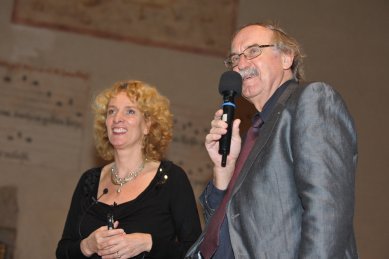
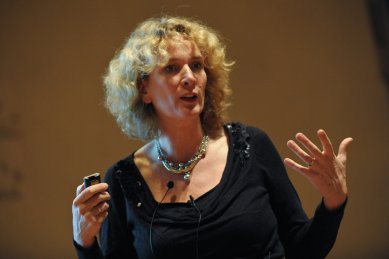
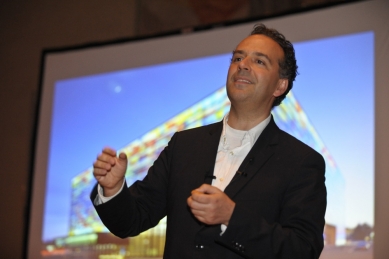
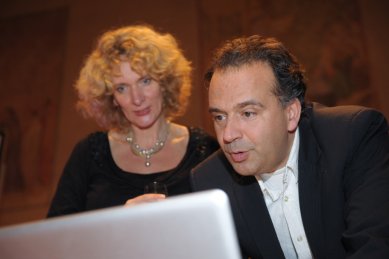
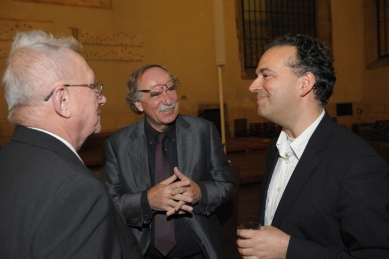
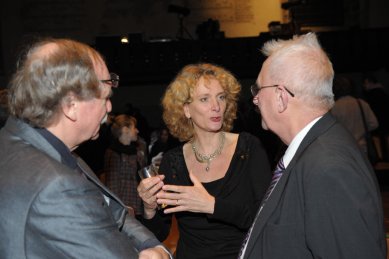
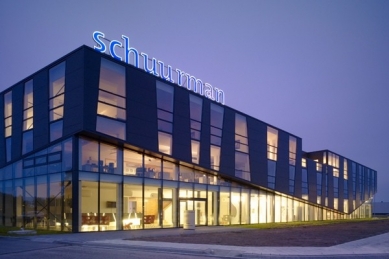
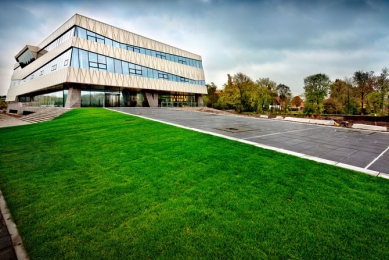
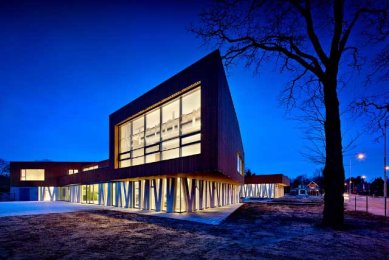

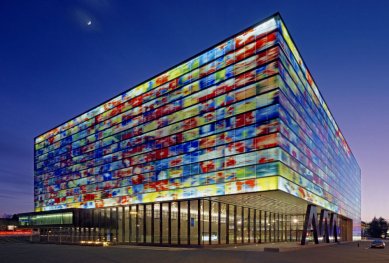
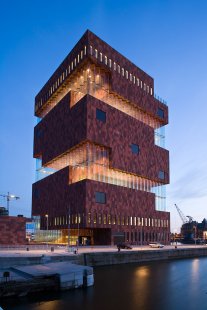
0 comments
add comment











